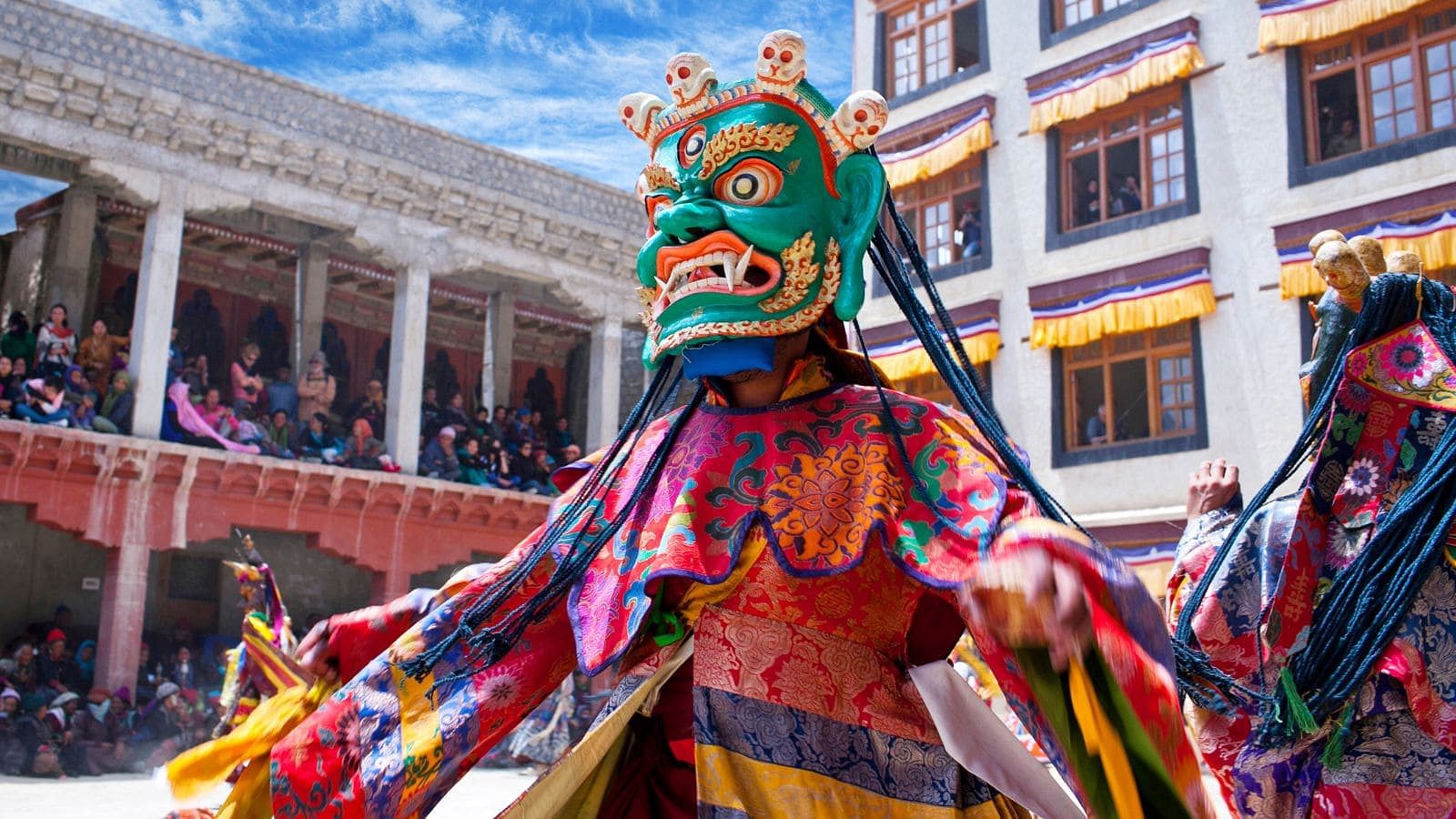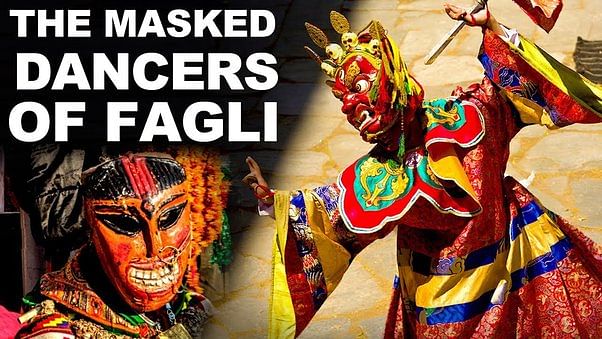From daily rituals to colourful festivals, every aspect of their daily life reflects a deep-seated connection to their land and its cultural heritage. Spiti Valley comes alive with a number of festivals and celebrations that offer a glimpse into its vibrant culture. From the joyous Losar festival to the mystical Cham dances, each event signifies the region’s rich cultural heritage.
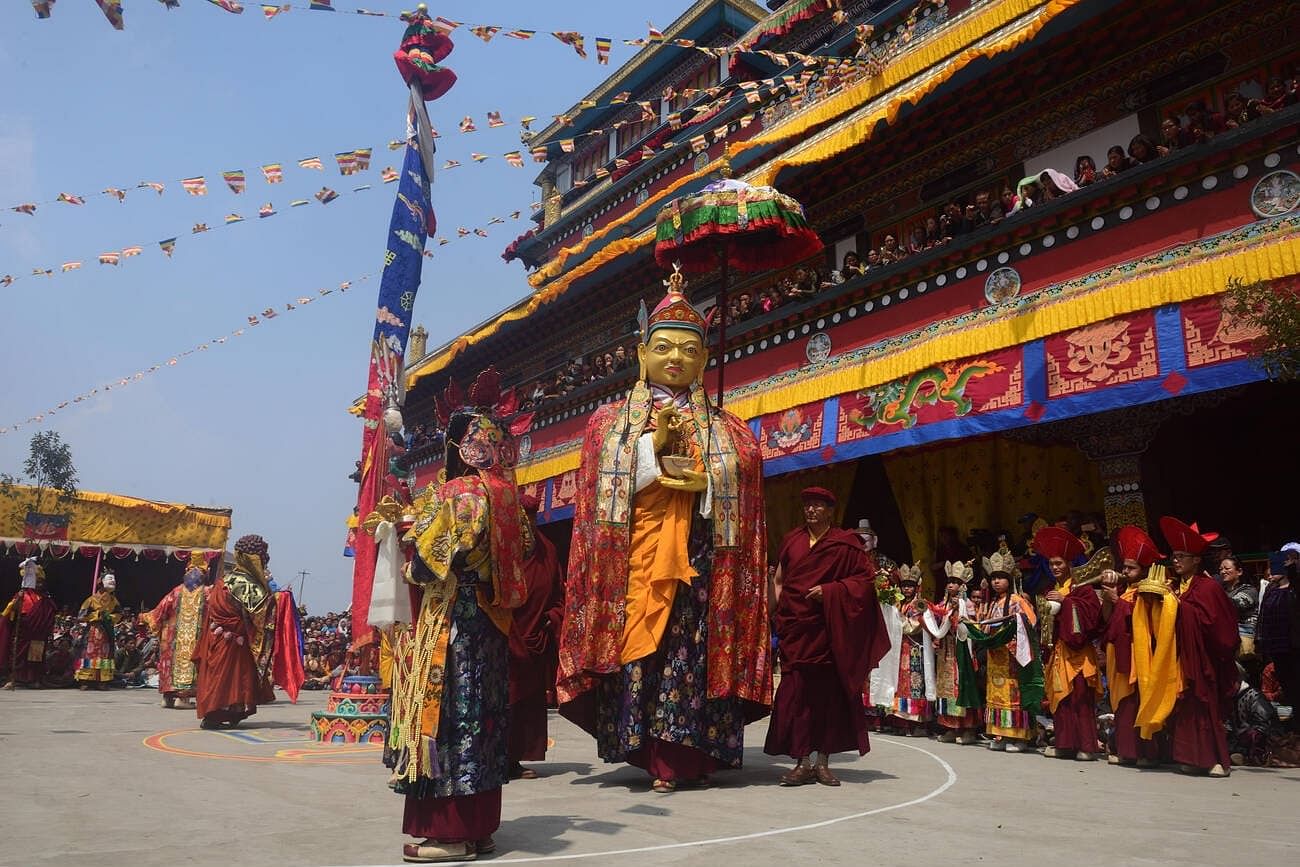
Table of Contents
Table of Contents
- List of Festivals in Spiti Valley
- Festivals in Spiti Valley in January
- Dechhang Festival
- Losar/Halda Festival
- Gotchi/ Gothsi Festival
- Fagli Festival
- Festivals in June-August
- Tshechu Fair
- La Darcha Festival
- Tribal Fair in Keylong
- Pauri Fair
- Festivals in September
- Gatuar Festival
List of Festivals in Spiti Valley
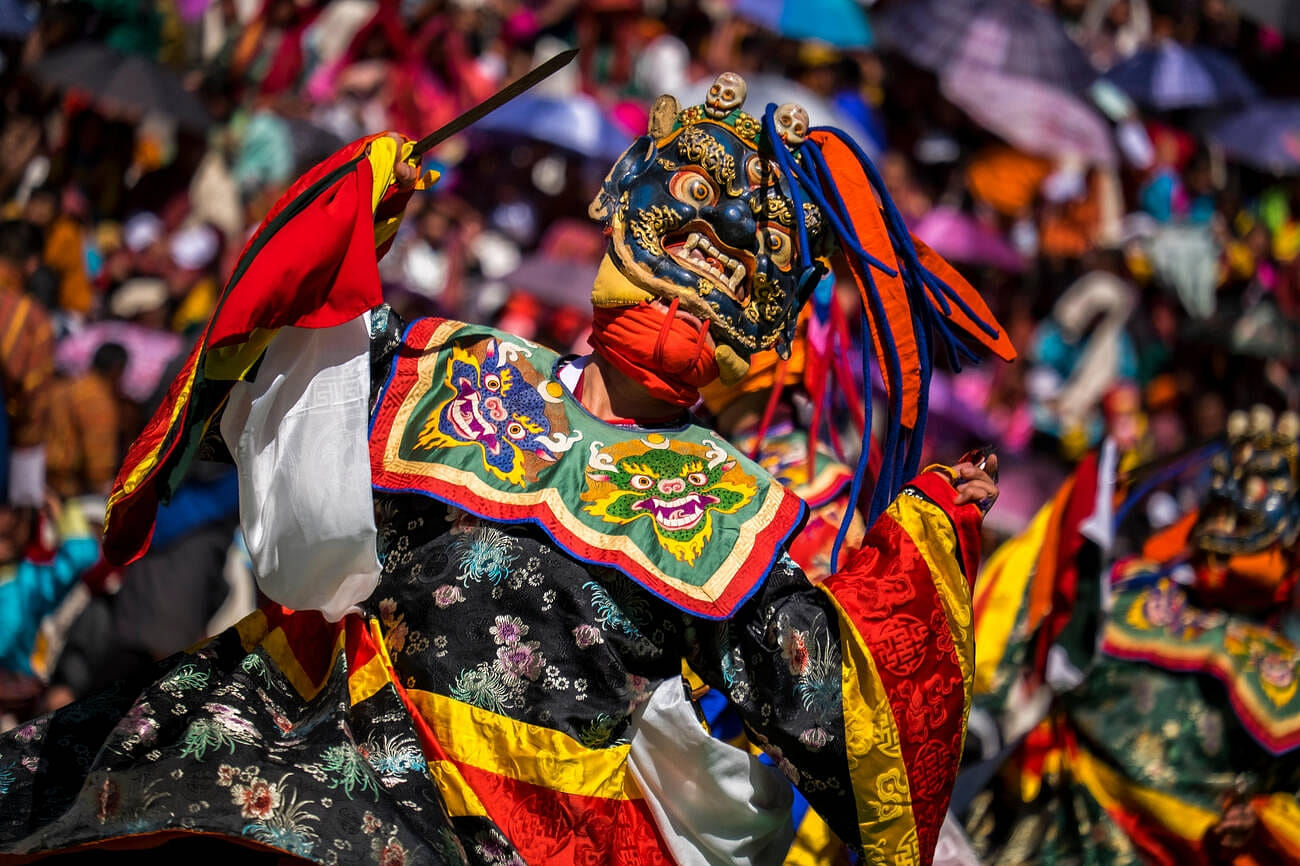
Having a glimpse of the rich and authentic culture of this Valley will surely make your journey more special and the names of the festivals in Spiti Valley can be listed below:
- Dechhang Festival in December/January
- Losar/Halda Festival in February
- Gothsi/Gochi Festival in February
- Fagli In February
- Tshechu Fair in June
- La Darcha Festival in August
- Tribal Fair in August
- Pauri Fair in August
- Gataur Mela in September
- Chakhar Mela in September
Suggested Read: Photography Spots in Spiti Valley
Festivals in Spiti Valley in January
Roads are not accessible due to heavy snowfall and blockages and the Valley remains cut off from the mainland for the entire winter months.
Surprisingly, this is the time when a majority of the festivals are celebrated in Spiti Valley. This is mainly done to keep the local people engaged with something significant and to deter any monotony that comes along with long no interaction periods of seclusion and dark gloomy weather where everyone is confined inside their homes.
Dechhang Festival
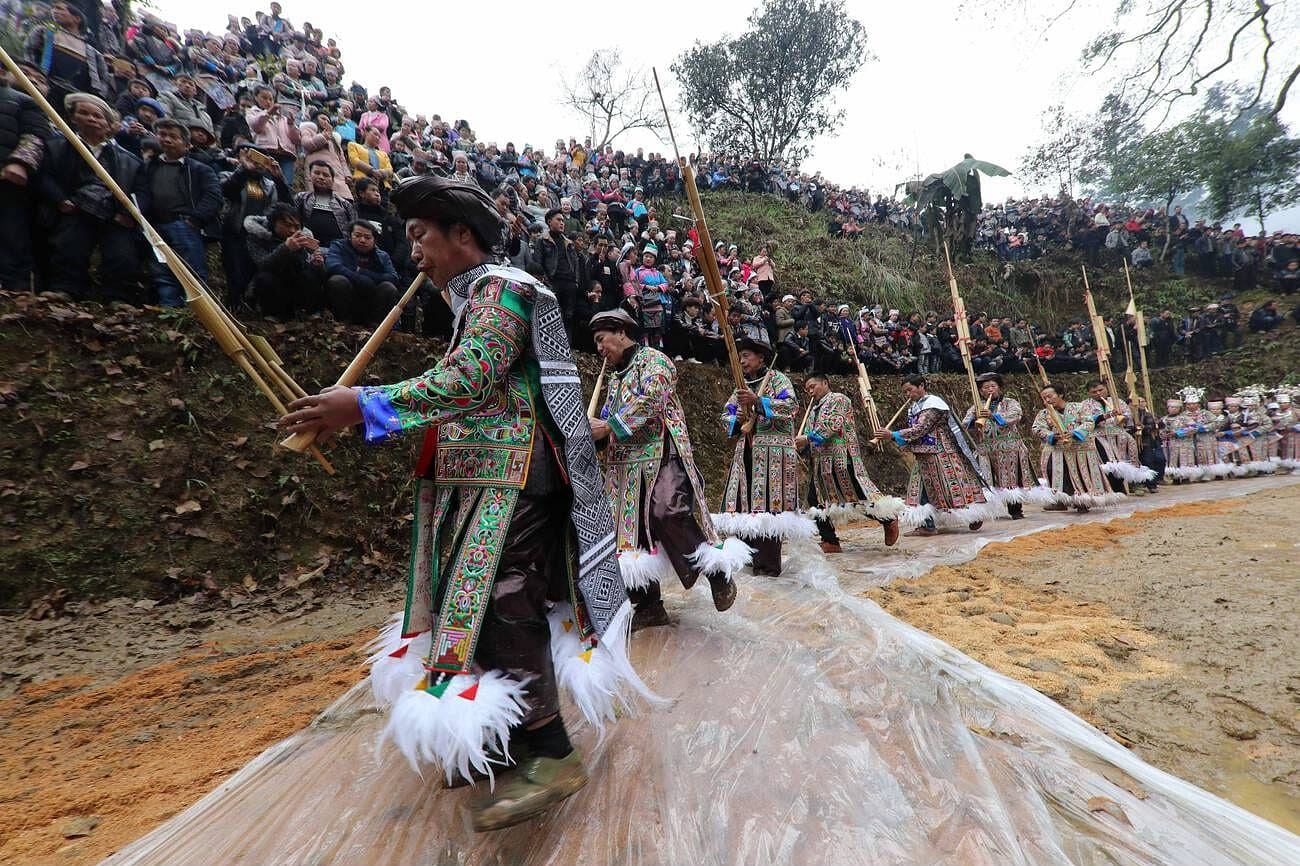
Local dancers dress up in traditional clothes to perform mask and sword dances. Some of the other highlights of this festival are comic charades, community bonfires, and archery games organized among the villagers. The festival is held for a total of 7 days with a lot of enthusiasm. As a sign of celebration, a sweet dish called Desil is prepared which is basically made out of rice, yak butter, raisins, and almonds and the younger generation distributes it.
Dechhang Festival in Spiti Valley marks the peak of the winter festival and Arak which is a local barley beer is offered to Mother Earth for the good fortune and well-being of all.
Men in the villages carry a bow and arrow which they shoot in the sky in the direction of a snow mound which is kept in a distance. All village folks dance, rejoice, and celebrate while enjoying the local drink Arak to keep them warm.
The celebration often continues into the whole night with singing and dancing.
Suggested Read: Losar Village
Losar/Halda Festival
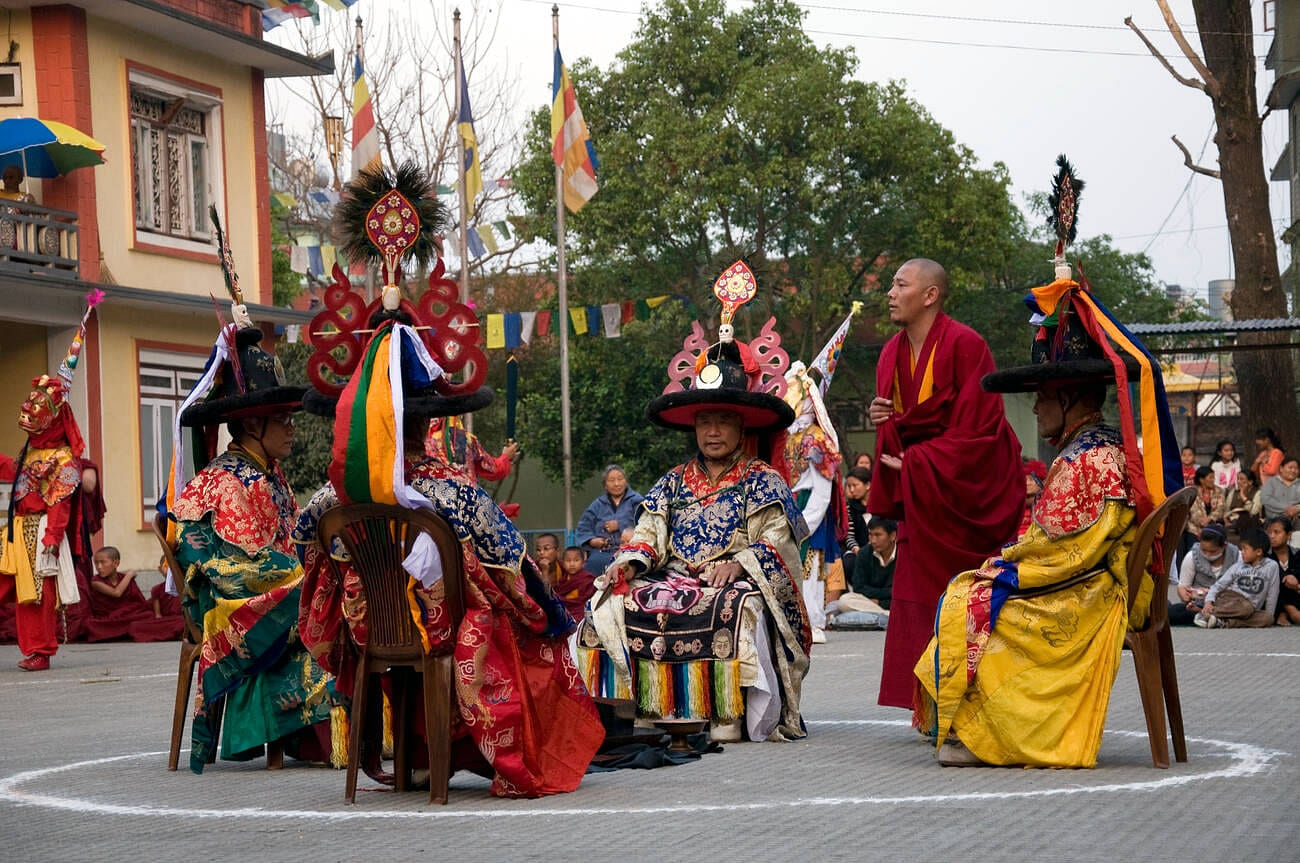
Losar Festival in Spiti Valley is one of the most widely celebrated festivals all over Spiti and Lahaul Valley. In India, it is also celebrated in Ladakh, Arunachal Pradesh, and Sikkim wherever Buddhism is followed and practiced. It is a 3-day long affair and the dates are decided by the lamas in accordance with the lunar calendar.
The ceremonies comprises of synchronized Chaam dance, with dancers wearing intricate outfits and masks. Losar or Halda festival is quite similar to the Hindu festival of Diwali. A lot of religious activities such as prayers, debates, dances, and food are available.
Losar is basically celebrated to memorialise the assassination of the cruel Tibetan king, Lang Darma. During the period, members from local households step out with lighted cedar twigs near the Chandra and Bhaga rivers. Lamas assign the designated places for prayers. The branches are collected to form massive bases for the bonfire, which is then immersed into the rivers. On this festival, Shiskar Apa, people worship the goddess of wealth, and the dancing continues for a couple of days.
Gotchi/ Gothsi Festival
Primarily celebrated in the Bhaga valley in February, villagers gather in the morning for prayers and festivities last late into the night and the villagers share Chhaang (Local drink) to celebrate the occasion. Lambda Gpa, the village priest, offers obeisance to God with a bow and an arrow and Lohars beat drums during the ceremony. Families visit village houses after offering their prayers and proceed to celebrate a large party.
Another activity which takes place during the day is token marriages of children below the age of six. To do so, children throw snowballs at each other to express their confirmation of their interest. It is a significant tradition in the villages of this region, selecting a suitor whom they will eventually marry later in life.
Suggested Read: Monasteries in Lahaul Spiti
Fagli Festival
Fagli serves as a New Year festival that aligns with the Tibetan or Chinese calendar. The celebration takes place on Amavasya night, ie, a moonless night, throughout the valley. It is also locally referred to as Kus or Kuns. The festival paints the valley in vibrant hues as houses glow with the warm light of oil lamps, reminding of Diwali.
A main ritual involving this Festival in Spiti Valley is constructing a figure made out of bamboo sticks and a white sheet representing an angel dressed in white, known as Baraza, a symbolic figure adorned with jewelry and marigold flowers. Delicacies are offered to the angel, incense is burnt and families come together for the divine offering of totu, a special dough made of roasted barley flour and buttermilk.
Local men who take part in the celebration wear headpieces made out of fresh flowers and a hand-knitted tunic made of dry leaves. To complete their look, they also wear hand-carved masks which have been passed down through generations. They dance and gently move to the rhythms of drum beats and trumpets, thus creating a very vibrant atmosphere surrounding the entire place of the festival. It is indeed one of the most beautiful experiences to witness in Spiti Valley.
Suggested Read: Homestays in Spiti Valley
Festivals in June-August
Amidst all of this, how can celebrations be left behind? The local people of Spiti Valley are one of the most resilient communities and are known for surviving the harshest of climates and still opening their homes and land to tourists with one of the warmest smiles ever. Therefore, the months of April to September are not only a time for business but also a number of festivities lined up.
Tshechu Fair
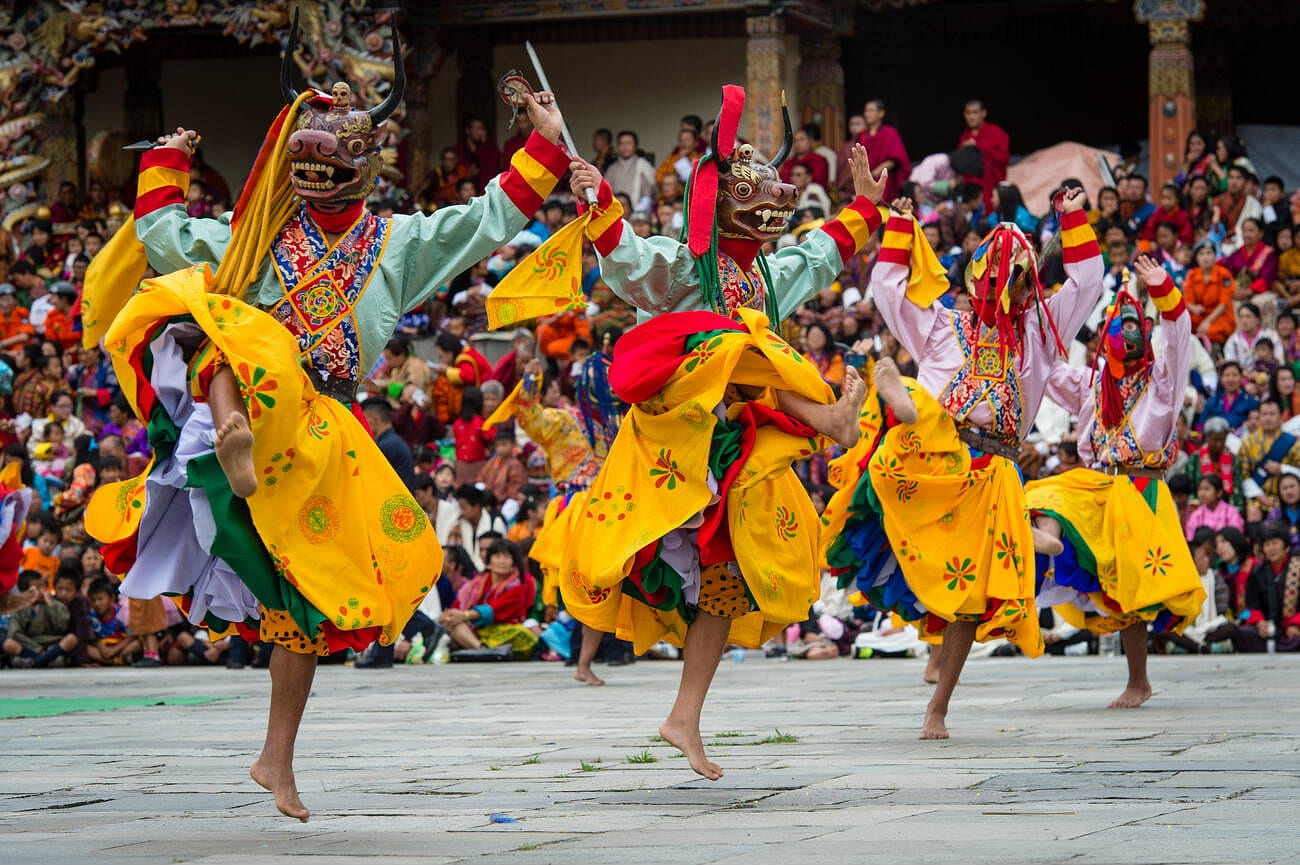
This festival serves as a bonding event amongst villagers and reconnecting them with neighboring villages after many months of winter and limited movement.
This fair Indicates the start of summer and is one of the most awaited and anticipated ceremonies of Spiti Valley, as it signifies increasing prosperity in the times to come. Lamas participate in the Cham Dance in colorful and vibrant costumes while the entire valley comes alive with the festivities. The event involves performing cultural dances, and wearing bird and animal masks from the region to arouse the spirit of folks for the flourishing times ahead.
Suggested Read: Spiti Valley Bike Trip
La Darcha Festival
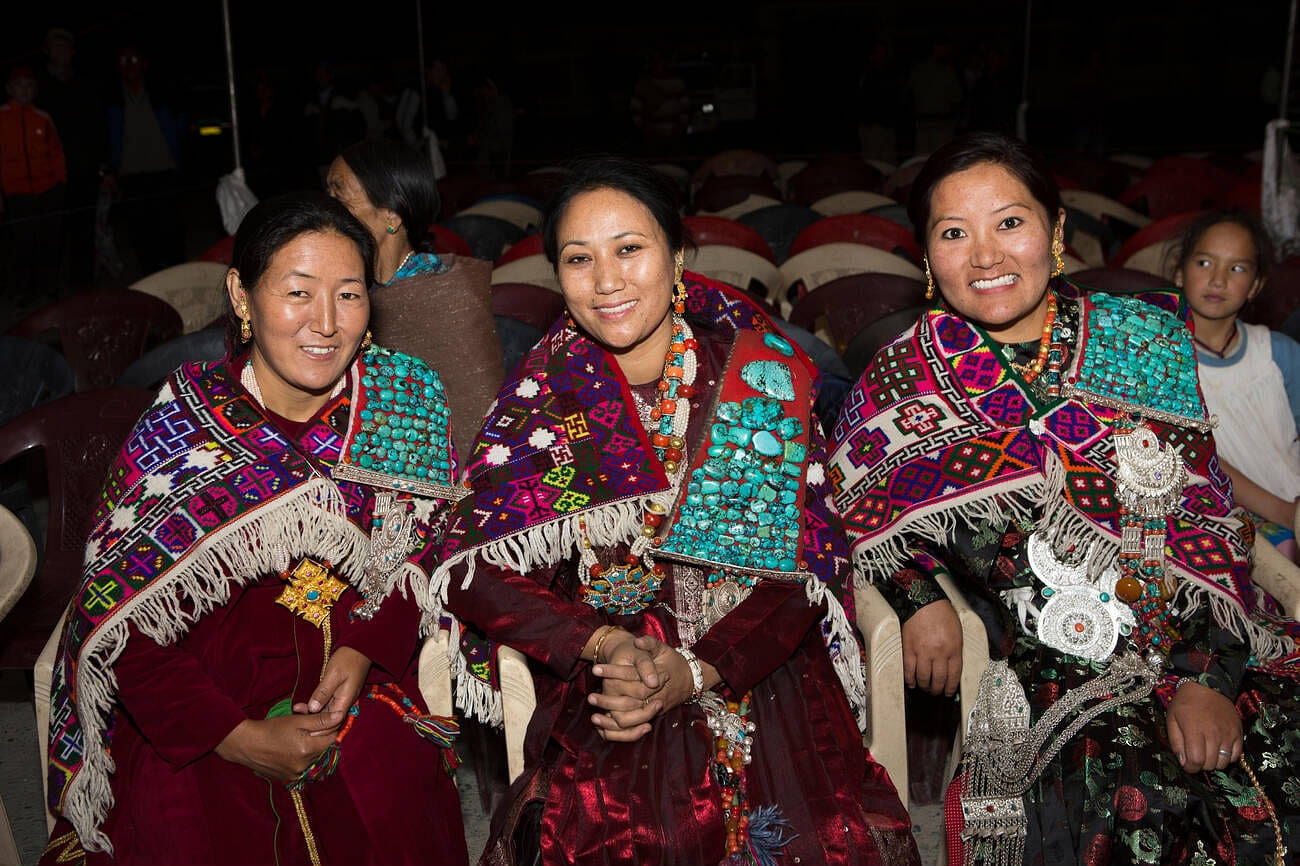
This festival has been celebrated in these parts since time immemorial. The La Darcha Fair is also the perfect reminder of the historical proximity between neighborly states and the kinship shared between the Himalayan cousins.
It is one of the biggest festivals celebrated in the higher Himalayan regions which offers you the rare opportunity to experience the traditional and authentic and eye-pleasing music, dances, and dramas of the remote Himalayan destinations. Earlier, the fair would be held in Kibber Village maidan in Spiti Valley and attract traders from Ladakh, Rampur Busher, and Spiti. Now it is celebrated in Kaza, the sub-divisional headquarters of Spiti.
The La Darcha Fair with its vast array of scrumptious Tibetan dishes, exotic artifacts, and authentic handicrafts is definitely an event worth experiencing. You can either shop for various artifacts, artistically crafted by the skilled craftsmen from the Tibetan Institute of Performing Arts or simply explore the diverse range of paintings, religious beads, jewelry and other colorful items.
- Apart from the massive shopping fair and exhibition, the Chaam and Buchan Dance, special Buddhist sermons, and archery competitions are some of the other special attractions of La Darcha Fair.
- La Darcha Fair is primarily a festival of trade and business. Hence, it attracts a host of domestic and international traders, brokers, and merchants.
- The fair was abandoned in 1962 on account of the Indo-China War. However, it was started again later in 1980.
Tribal Fair in Keylong
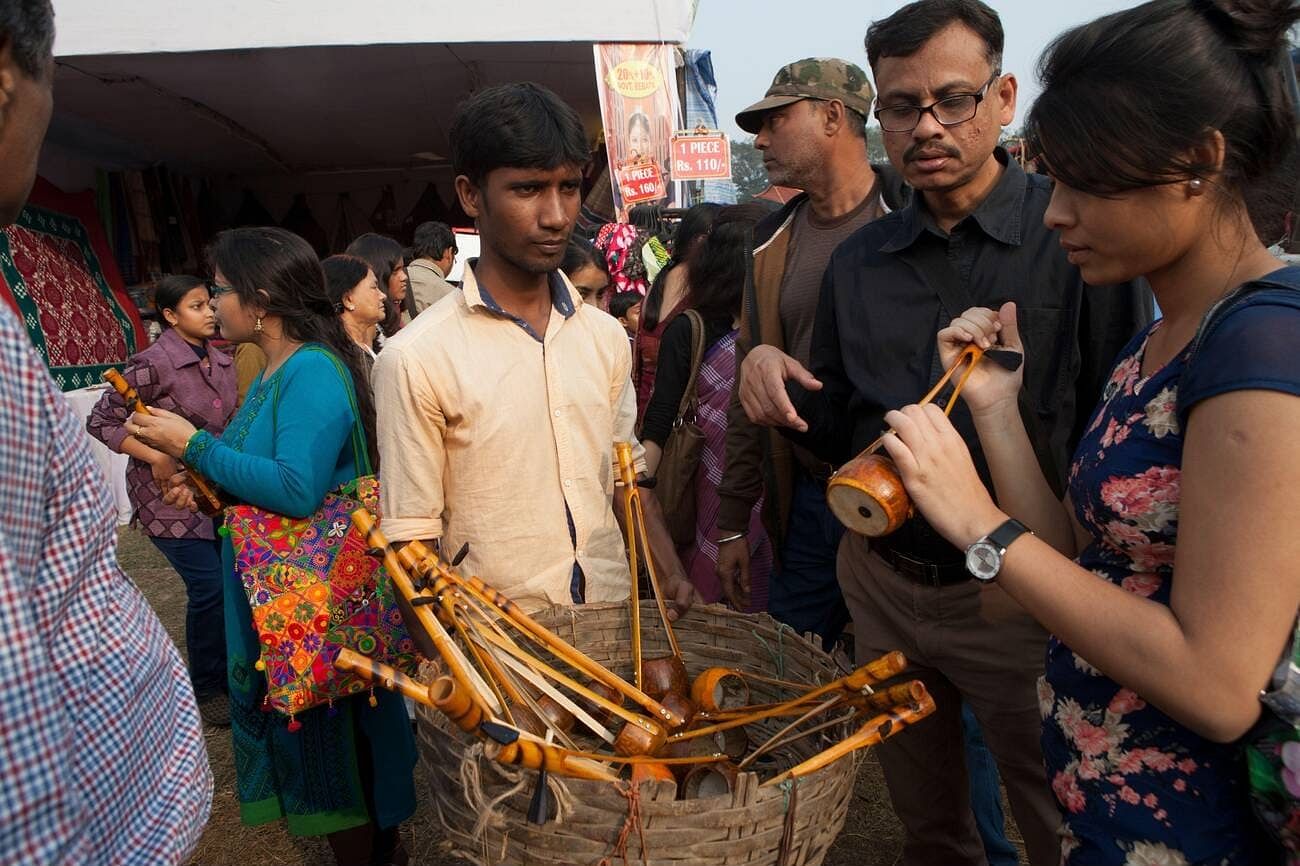
Held at the Police Ground in Keylong, the fair features the best of the region, including folk dances, local music, and an incredible show of colors.
This is also popularly known as Kumbh of Spiti Valley. The fair is important in the valley not only for business purpose, but also because it draws people of different cultural backgrounds together. Even though it is held for the trading aspect, it connects locals with tourists and artists as well.
Thus, in addition to the local artists, performers and cultural artists from Chandigarh, Dharamshala, Leh, Chamba, Kullu, and Spiti are invited to take part in this Fair.
Suggested Read: Keylong Market
Pauri Fair
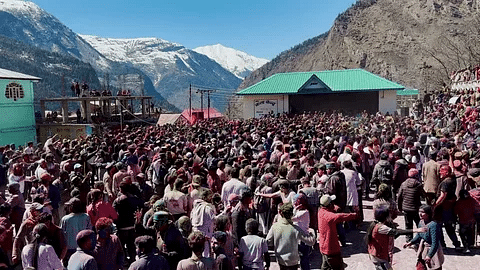
Representatives from the entire Himalayan terrain are present during this fair which combines pilgrimage and festival. From a religious point, locals start the preparations a week before the event. Hindus pay respects to Trilokinath Temple, while the Buddhists pray to Avalokiteshvara. The Mantra, OM MANI PADME HUM, is recited every morning and evening during the festival.
After the rituals are over, the fair starts with lots of temporary shops, stalls, etc. being established. Once evening dawns, pilgrims dance in a huge circle to folk songs. On the second day of the fair, a procession occurs, which is headed by the Thakur of Triloknath, riding on a decorated horse, leading up to the spring area where one of seven gods of Triloknath had appeared. After paying respects, the procession returns to the fairground for more festivities.
Festivals in September
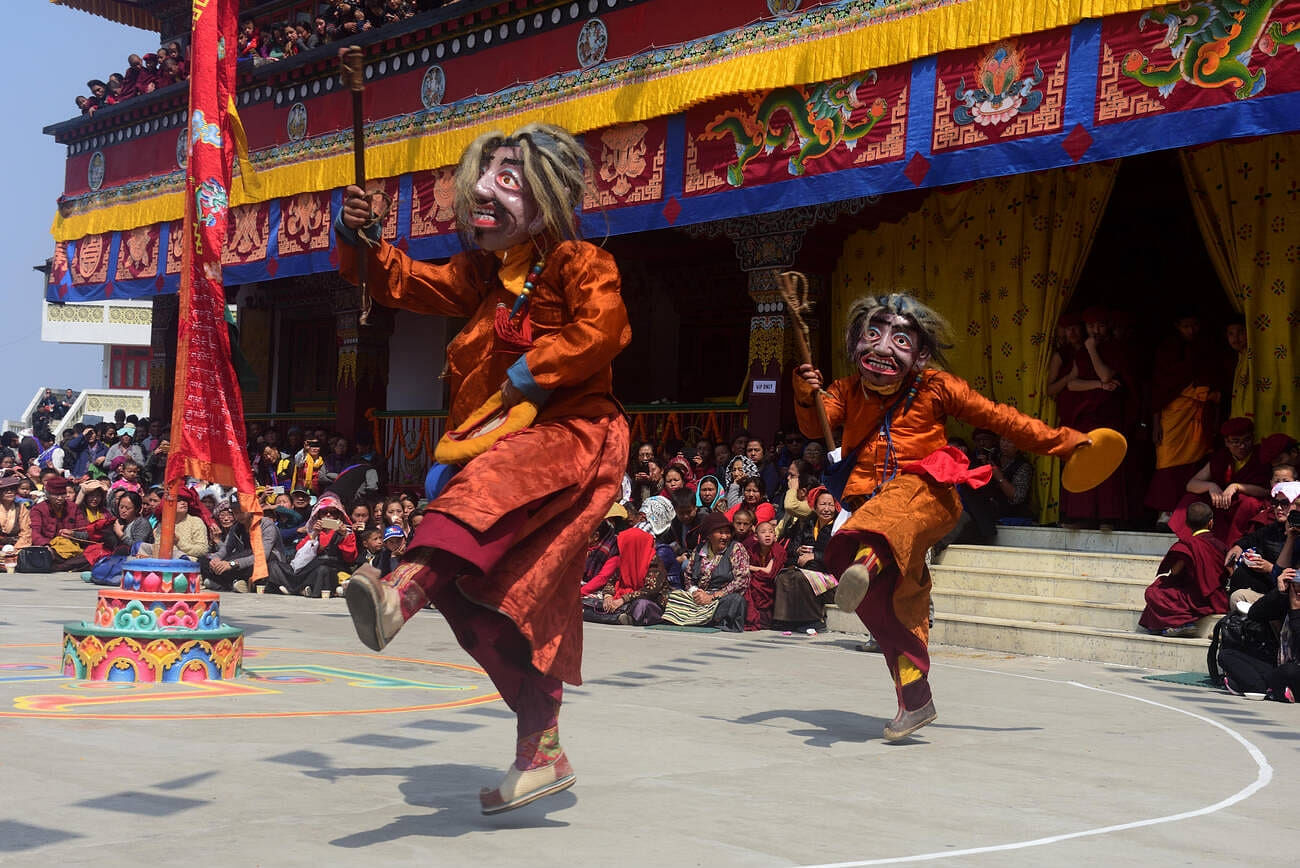
Gatuar Festival
Gataur Festival is celebrated every year in the last week of September. During this festival in Spiti valley, Lamas worship God Chaugayal, and the next evening, saur is thrown into the fire while performing the Chham dance.
Chakhar Mela
Chakhar Mela is held every 3 years around the same time as Gataur Mela in the last week of September. During this Mela, Lamas worship Lord Chikchait for six days and throw away the Chakhar in the fire on the 7th day. After this ritual Chham dance is performed by the Lamas to commemorate the Festival in Spiti Valley.
Suggested Read: Reasons to visit Spiti Valley
Get exclusive travel insights & updates into your inbox!
*By clicking subscribe you'll receive emails from WanderOn.

Shrutika Parab
★★★★★24 May 2024
“Thank you Team Wanderon for the amazing Ladakh Experience. Right from the point of making the bookings with Mr. Chakshu to the point of completion of the trip received amicable support.
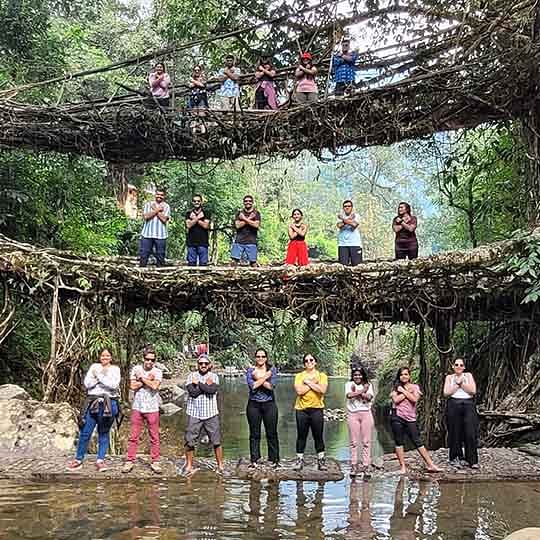
Sonal Shekhar Dash
★★★★★9 May 2024
“I did my first solo trip in India with WanderOn. Initially I was sceptical about their Meghalaya-Kaziranga trip as I didn't have any prior experience with them but the team assured me that it's going to be one of the best experiences of my life.

Archana Awati
★★★★★30 Apr 2024
“In Ladakh, find the perfect blend of culture, adventure, and serenity. December last year I decided that my next trip would be Ladakh but didn’t know how to go about it. I knew I wanted to travel in a group, as I had prior experiences of traveling in a group but wanted an organiser I could trust. Ladakh isn’t like other destinations wherein you need some instructions due to the high altitudes.
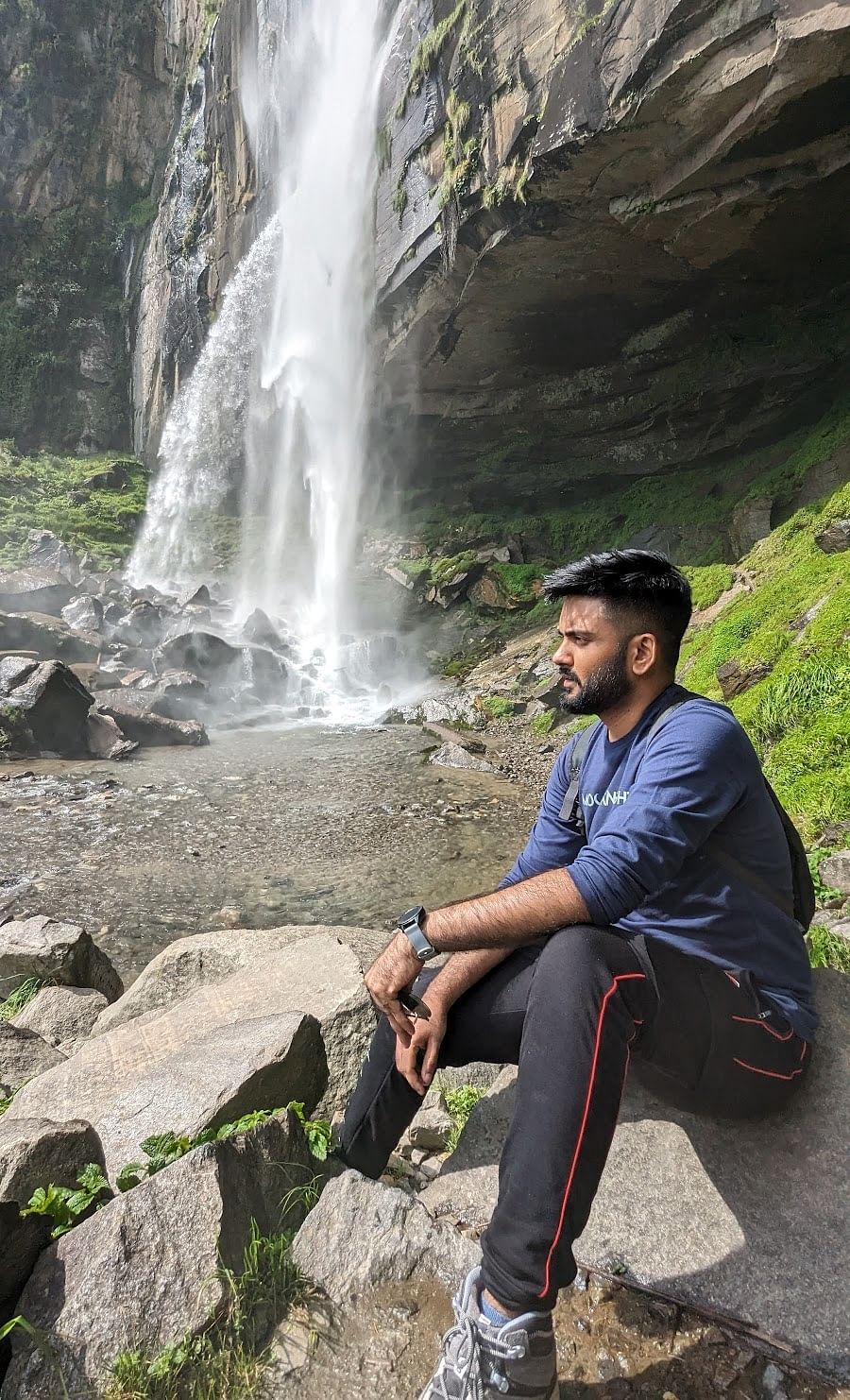
Kartik Dilawari
★★★★★4 Jul 2024
“After an amazing trip to Tirthan with WanderOn, I decided to go to Manali-Jispa with them and yet again, the experience was worth every penny. The place was very beautiful and the quality of service was top-notch, the itinerary was very good and the quality of transportation and stays were very good. Had an awesome time there and made some good friends as well. Lastly, our trip captains Priyasha and Rachit managed the entire trip very well and were so fun and made our trip an experience worth remembering.
FAQ'S
01
Is there any special accommodation available during festival times in Spiti Valley?
Spiti Valley has a number of options for accommodation and you can book them in advance to avoid last-minute rush and nonavailability.
02
What types of food are typically prepared during Spiti Valley festivals?
03
Is there a specific festival season in Spiti Valley?
WanderOn Special

WANDERON EXPERIENCES PVT LTD
3rd Floor, Building No-436, Phase IV, Udyog Vihar, Sector-18, Gurugram, Haryana-122015



